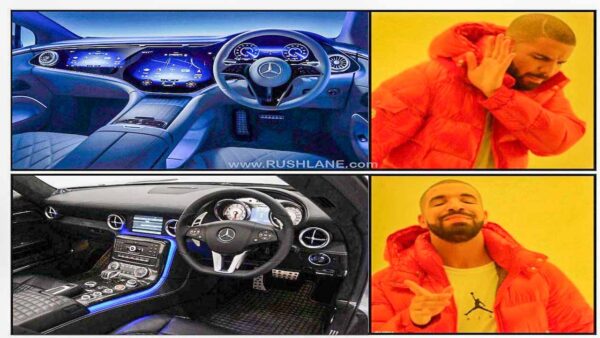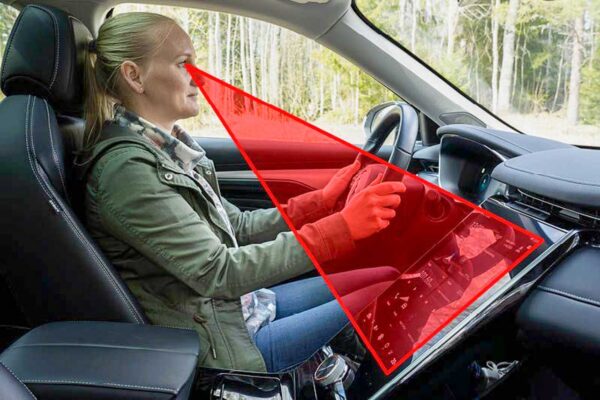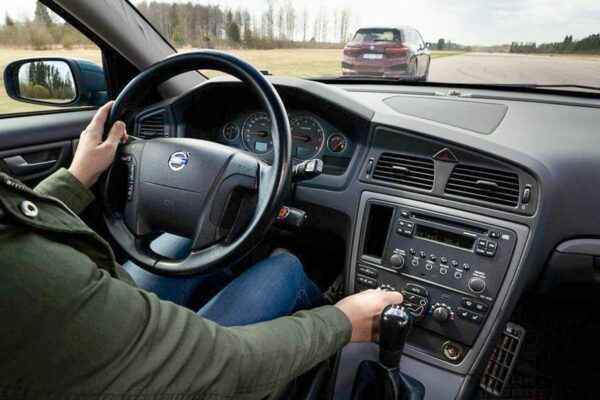While screens look cool and buttons offer physical tactility, both have pros and cons associated with them

This is a never-ending debate, isn’t it? Digital screens are among the hottest and the most trending features of a car right now. There was a time when “kitna deti hai” used to be the deciding factor for car buyers in India. But is it slowly turning into “kitna bada screen hai”? Heck, even Alto K10 which was launched today, gets a 7” touchscreen.
Brands like MG have double the size at 14” on upcoming new-gen Hector. If you think that’s the pinnacle, you’re wrong. Mercedes-Benz EQS has a 56” system, a few Cadillacs get a 38” OLED system and Lucid Air has a 34” system. China-spec Ford Explorer gets a 27” single-piece unit that almost stretches across the width of the SUV.
Touchscreens Vs Buttons & Knobs
A scientific test of a small sample size of 12 was conducted by Swedish magazine VI Bilagare to see what’s what. They took 12 cars with 12 drivers that are well acquainted with their cars and gave each of them a list of infotainment-related tasks to perform. All of them would be driving their cars on an abandoned airstrip at 110 km/h constant speed.
Whoever takes the lowest time while covering the lowest distance, wins. Cars ranged from manufacturing year 2005 to 2022 and got associated infotainment technology. For modern digital screens with all their thoughtful UI designs and massive screen real estate should be easy peasy lemon squeezy, right? In reality, it was stressy depressey lemon bittery for digital infotainment screens. The one with buttons was a 17-year-old Volvo V70 and it performed the best while MG Marvel R with a giant 19.4” touchscreen performed the worst.

The 12 cars in this test are BMW iX, Dacia Sandero, Hyundai Ioniq 5, Mercedes-Benz GLB Class, MG Marvel R, Nissan Qashqai, Seat Leon, Subaru Outback, Tesla Model 3, VW ID.3, Volvo C40 and lastly, Volvo V70 from 2005. Ironically, MG Marvel R which faired the worst on this list, also has the biggest digital instrument screens of the bunch too. It took 45 seconds to complete all the tasks while a Volvo V70 with no screen took just 10 seconds. Take that, screens!
Pros & Cons
See, I’m not a boomer, okay? I have an open mind for embracing modernity. But digital infotainment screens are evolutionary, but backwards. The above-mentioned test was conducted on an empty airstrip with 10 times wider roads than normal and also, with zero traffic. Try to do the same set of tasks at 110 km/h on Indian roads filled with some of the most random idiocies and some of the most ridiculous road conditions. It’s next to impossible.
With buttons and knobs, we can intuitively grasp them due to their physical tactility. Couple that with the sensory and muscle memory, anyone can operate any infotainment functionality without even taking their eyes off the road within no time. You can argue that voice commands exist, but they’re mostly gimmicky as of today.

Buttons don’t have flaws? They do. Buttons are mechanical, and can fail. Button surfaces are either made of plastic that can melt or rubber that will turn gooey and sticky in no time, while metallic ones are slippery. Ask Jaguar owners in India on the button situation. Also, buttons are fixed and are engineered to perform just one task. They can’t show navigation and you can’t slap an OTA update for changes on physical buttons, can you?
Bringing back buttons, dials and knobs is paramount for at least vital controls like AC and music. It won’t end terrorism, world hunger, or establish world peace. But it will reduce road accidents that happen when a driver looks down to operate a touchscreen. HUDs are a decent compromise, though. As they offer most functionalities of digital infotainment screens and fall in driver’s peripheral vision at all times.

